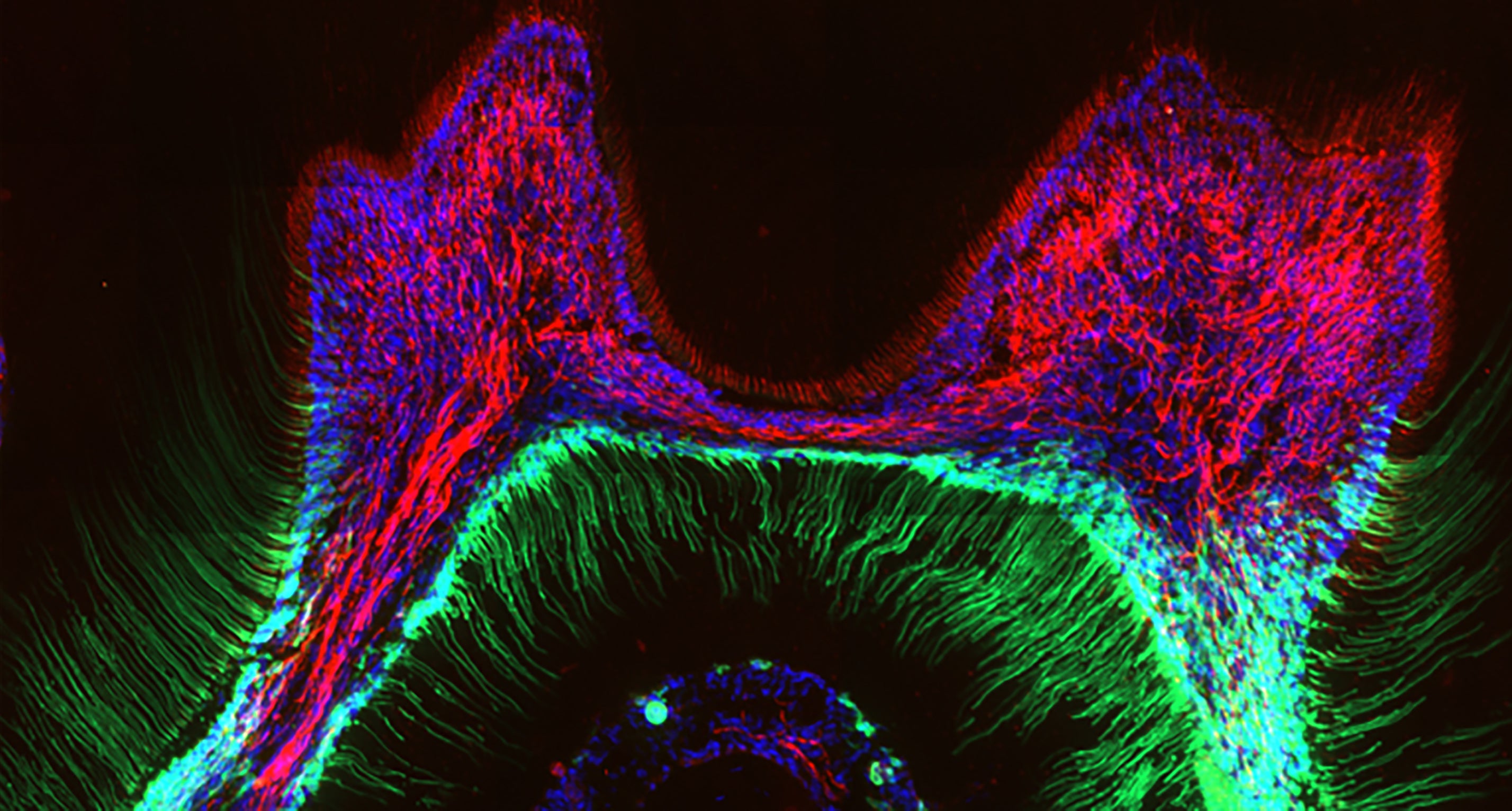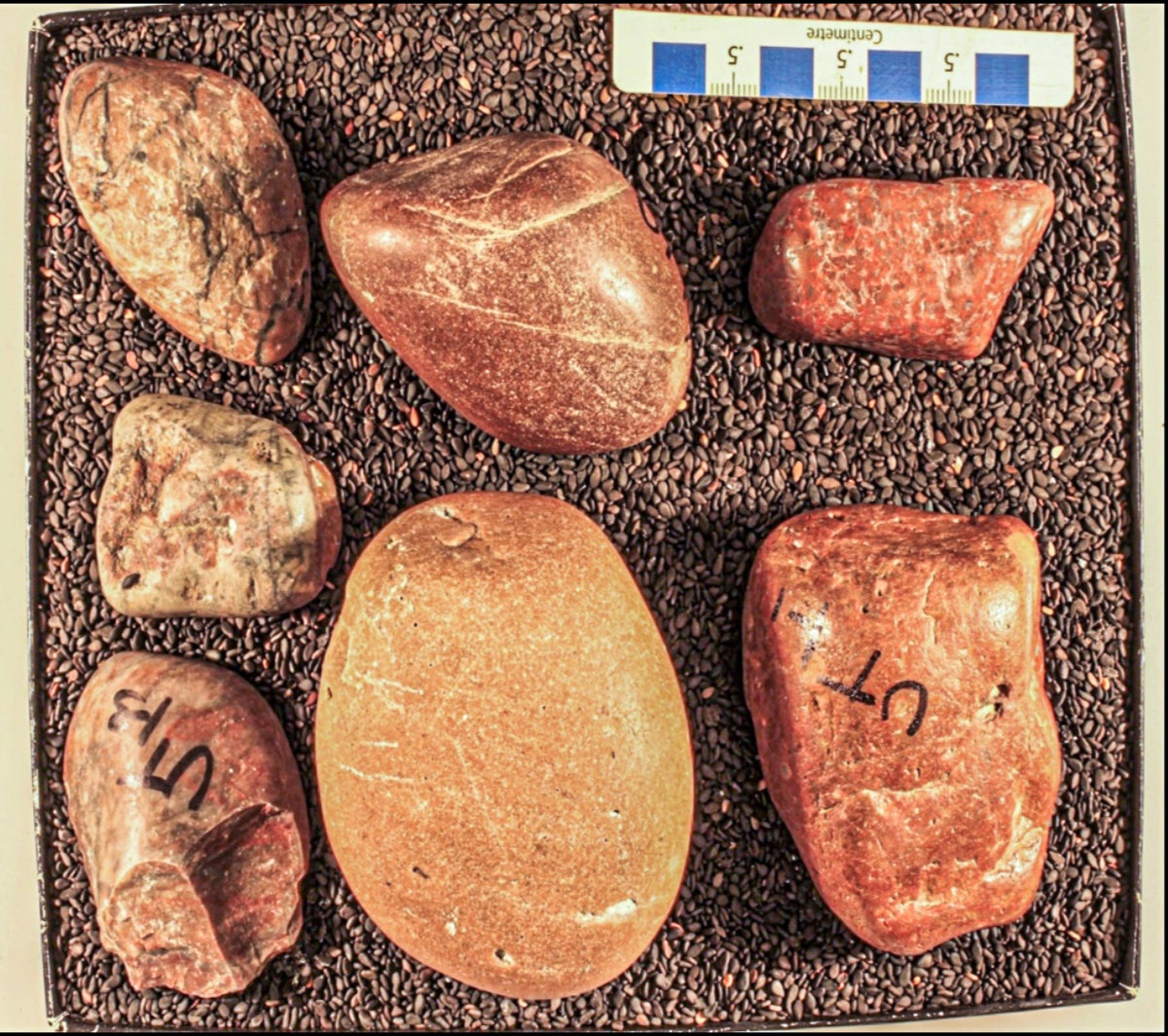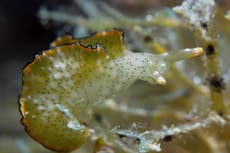Science news in brief: From scientific jargon to fairy circles
And other stories from around the world

Are you confused by scientific jargon? So are scientists
Polje, nappe, vuggy, psammite. Some scientists who study caves might not bat an eye, but for the rest of us, these terms might as well be ancient Greek.
Specialised terminology is pervasive in academia, and now a team of researchers has analysed jargon in a set of over 21,000 scientific manuscripts. They found that papers containing higher proportions of jargon in their titles and abstracts were cited less frequently by other researchers. Science communication – with the public but also among scientists – suffers when a research paper is packed with too much specialised terminology, the team concludes.
These results were published recently in Proceedings of the Royal Society B.
Jargon can be a problem, but it also serves a purpose, says Hillary Shulman, a communications scientist at Ohio State University. “As our ideas become more refined, it makes sense that our concepts do too.” This language-within-a-language can be a timesaver, a way to precisely convey meaning, she says. However, it also runs the risk of starkly reminding people – even some well-educated researchers – that they aren’t “in the know.”
“It’s alienating,” says Shulman.
Two scientists recently investigated how the use of jargon affects a manuscript’s likelihood of being cited in other scientific journal articles. Such citations are an acknowledgement of a study’s importance and relevance, and they’re used to estimate a researcher’s productivity.
Alejandro Martinez, an evolutionary biologist, and Stefano Mammola, an ecologist, both at the National Research Council in Pallanza, Italy, started by collecting scientific papers. Using the Web of Science, an online platform that allows subscribers to access databases of scholarly publications, they zeroed in on 21,486 manuscripts focused on cave research.
Cave science is a particularly jargon-heavy field, Martinez says.
Martinez settled on roughly 1,500 terms (including the four that appear at the beginning of this article).
Mammola then wrote a computer programme to calculate the proportion of jargon words in each manuscript’s title and abstract. Papers with a higher fraction of jargon received fewer citations, the researchers found.
Other researchers have found, however, that using less-common words can be beneficial. David Markowitz, psychology of language researcher at the University of Oregon, analysed the abstracts of nearly 20,000 proposals for funding from the National Science Foundation. His results, published in 2019, reveal that abstracts that contain fewer common words tended to garner more grant funding. “Jargon doesn’t always associate with negative outcomes,” Markowitz says.
– Katherine Kornei

The mysterious molecular culprit behind cold tooth pain
There’s nothing quite like the peculiar, bone-jarring reaction of a damaged tooth exposed to something cold: a bite of ice cream, or a cold drink, and suddenly, that sharp, searing feeling, like a needle piercing a nerve.
Researchers have known for years that this phenomenon results from damage to the tooth’s protective outer layer. But just how the message goes from the outside of your tooth to the nerves within it has been difficult to uncover. Biologists reported recently in the journal Science Advances that they have identified an unexpected player in this painful sensation: a protein embedded in the surface of cells inside the teeth. The discovery provides a glimpse of the connection between the outer world and the interior of a tooth, and could one day help guide the development of treatments for tooth pain.
More than a decade ago, Dr Katharina Zimmerman, now a professor at Friedrich-Alexander University in Germany, discovered that cells producing a protein called TRPC5 were sensitive to cold. When things got chilly, TRPC5 popped open to form a channel, allowing ions to flow across the cell’s membrane.
Ion channels like TRPC5 are sprinkled throughout our bodies, Zimmerman says. It occurred to her that “the most sensitive tissue in the human body can be teeth” when it comes to cold sensations.
Within the protective shell of their enamel, teeth are made of a hard substance called dentin that’s threaded with tiny tunnels. At the heart of the dentin is the tooth’s soft pulp, where nerve cells and cells called odontoblasts, which manufacture dentin, are intertwined.
The picture that slowly assembled is that TRPC5 is active in the odontoblasts. That was a bit of a surprise, as these supporting cells are best known for making and maintaining dentin, not aiding in perception. Within the odontoblasts, TRPC5 pops open when the signal for cold comes down the dentin tunnels, and this results in a message being sent to the nerves, says co-author Dr Jochen Lennerz, a pathologist at Massachusetts General Hospital.
As it happens, one substance that keeps TRPC5 from opening is eugenol, the main ingredient in oil of cloves, a traditional treatment for toothache. Though the Food and Drug Administration in the United States is equivocal about eugenol’s effectiveness, if it does lessen the pain for some people, it may be because of its effect on TRPC5.
– Veronique Greenwood

These rocks made a 1,000-mile trek. Did dinosaurs carry them?
In the summer of 2017, Joshua Malone, then an undergraduate at Augustana College in Illinois, visited a field research camp in Wyoming and picked up some rocks. Rounded at the edges and the size of small fists, they were out of place amid the fine-grained mudrock that had surrounded them, and Malone asked his father, David Malone, a geologist at Illinois State University who led the dig at the site, if he knew where the rocks had come from.
Four years later, the two have developed a surprising answer.
In a study published earlier this year in the journal Terra Nova, the Malones say the stones came from a rock formation in southern Wisconsin about 1,000 miles to the east of where they were found. What’s even more surprising is their hypothesis for how the rocks made that journey: the researchers say they were carried in the guts of long-neck dinosaurs.
These animals, known as sauropods, reached lengths of over 100ft and weights of 40tns, and regularly swallowed stones known as gastroliths, perhaps to help them digest plants, just as some birds and reptiles do today. The hypothesis would explain how the rocks acquired their smooth and rounded textures. But questions remain about whether they really made the whole journey in the bellies of these great beasts.
The gastroliths were found in Jurassic-aged mudstones in a rock formation called the Morrison. A rainbow of pinks and reds, the Morrison formation brims with dinosaur fossils, including those of sauropods, such as Barosaurus and Diplodocus, as well as meat-eaters like Allosaurus.
But the rocks, which are similar to gastroliths dug up elsewhere, were found on their own without any dinosaur remnants. To get a clue as to how they had ended up in modern-day Wyoming, the team crushed the rocks to retrieve and date the zircon crystals contained inside, a bit like studying ancient fingerprints.
“What we found was that the zircon ages inside these gastroliths have distinct age spectra that matched what the ages were in the rocks in southern Wisconsin,” says Malone, who’s now a doctoral student studying geology at the University of Texas at Austin. “We used that to hypothesise that these rocks were ingested somewhere in southern Wisconsin and then transported to Wyoming in the belly of a dinosaur.”
He adds, “There hasn’t really been a study like this before that suggests long-distance dinosaur migration using this technique, so it was a really exciting moment for us.”
– Lucas Joel

The fairy circles mystery gets a new suspect
In the Australian outback, certain grasses grow in eerie rings, with ramparts of dusty green standing at the edge of wide circles of bare red dirt. Often described as “fairy circles”, these rings of spinifex grass resemble structures first spotted in the Namibian desert, both creating enormous honeycomb patterns across the landscape that really pop out in aerial photos.
A small study published last month in the Australian Journal of Botany suggests that microbes living in the soil may contribute to the rings’ formation in Australia, rendering the dirt within the ring hostile to new seedlings and the dirt beyond the ring hospitable.
Spinifex grasses start out as small round hummocks, says Angela Moles, an ecologist at the University of New South Wales and an author of the new paper. Then, as new seedlings sprout outward, the plants in the middle die, leading to the ring shape. Researchers have explored whether the bare inner soil becomes depleted of nutrients; whether it is too dry or compacted for new growth; and whether insects might be destroying the spinifex. But a consensus on what is driving the formation of rings has yet to emerge.
Moles had heard of a small European swamp grass that grew in a ring pattern, a result of a buildup of soil pathogens in the middle. She and Neil Ross, a graduate student in her lab, were curious whether sterilising the soil from inside rings, thus killing any microbial organisms there, would make it easier for plants to grow in it. If so, that would imply that microbes were involved.
Ross carefully scooped soil from the interior of rings in the desert of Australia’s Northern Territory, and from outside the rings as well. Back at the university’s greenhouses, he sterilised some of each. He then planted some spinifex seeds in pots of microbe-free soils and some in unaltered soils.
The seeds germinated more easily in containers of interior soil that had been sterilised, the researchers found. About the same number of seeds germinated in soil from outside the rings that had not been sterilised, suggesting that outer soil and sterilised inner soil both encouraged new growth. Sterilising the inner soil seemed to remove whatever was keeping plants from sprouting.
If new spinifex grasses can’t handle the pathogens in the soil at the centre of their clump, they may sprout instead just outside of it, leading to that signature ring pattern.
– Veronique Greenwood
© The New York Times
Join our commenting forum
Join thought-provoking conversations, follow other Independent readers and see their replies
Comments

Bookmark popover
Removed from bookmarks